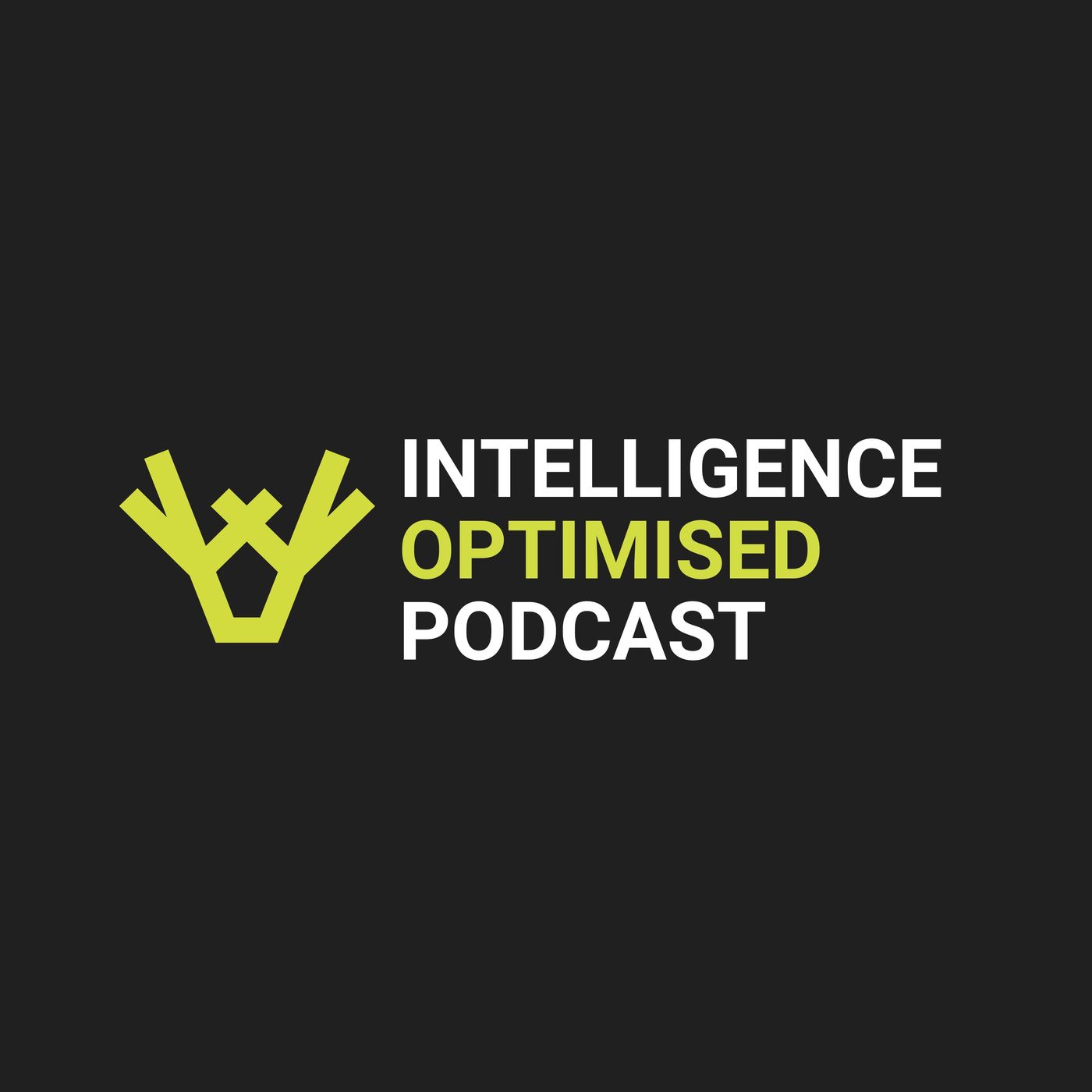#41 Clean Water for Vulnerable Indo-Pacific Communities | Shannon Lemanski - Part 2
Update: 2025-07-08
Description
Atmospheric water generation shows defence planners a faster path to water security and lower logistics risk.
Part 1 of this conversation laid the groundwork - field lessons from East Timor, plastic waste in PNG, and the commercial model letting one water cooler in an office fund clean supply in five remote communities.
In Part 2, Intelligence Optimised host Todd Crowley continues the discussion with Shannon Lemanski - veteran, engineer and founder of Aqua Ubique to explore how atmospheric water generation (AWG) scales across Australia and the wider Indo-Pacific.
They unpack why councils with fewer than 10,000 connections fall outside national reporting, leaving critical services - aged care, child care, schools - on bottled water budgets that can top $600 a fortnight. Enter AWG: plug-and-play units pulling drinking water from humid air, delivering 10 - 15 L/day in a standard office footprint or scaling to thousands via containerised systems.
Key takeaways for defence and disaster-resilience planners:
✔️ Slash the logistics tail - remove fuel-hungry convoys and bottle drops from contested supply chains.
✔️ Build redundancy - decentralised units stay online when power and water grids fail.
✔️ Lift ESG performance - cut landfill and diesel burn while meeting social reporting.
✔️ Scale across the Indo-Pacific - service archipelagos like PNG and Nauru without plant infrastructure.
Shannon shares the logistics calculus: hit the fuel truck and the tank column stops; hit the water supply and the force fails. AWG flips that risk - using solar, battery or biodiesel to create secure supply where it's needed most.
Whether you're managing a base, mine or regional health network, this episode gives practical insight on what to deploy, where, and why now.
Find deeper briefs inside Vaxa Bureau.
Part 1 of this conversation laid the groundwork - field lessons from East Timor, plastic waste in PNG, and the commercial model letting one water cooler in an office fund clean supply in five remote communities.
In Part 2, Intelligence Optimised host Todd Crowley continues the discussion with Shannon Lemanski - veteran, engineer and founder of Aqua Ubique to explore how atmospheric water generation (AWG) scales across Australia and the wider Indo-Pacific.
They unpack why councils with fewer than 10,000 connections fall outside national reporting, leaving critical services - aged care, child care, schools - on bottled water budgets that can top $600 a fortnight. Enter AWG: plug-and-play units pulling drinking water from humid air, delivering 10 - 15 L/day in a standard office footprint or scaling to thousands via containerised systems.
Key takeaways for defence and disaster-resilience planners:
✔️ Slash the logistics tail - remove fuel-hungry convoys and bottle drops from contested supply chains.
✔️ Build redundancy - decentralised units stay online when power and water grids fail.
✔️ Lift ESG performance - cut landfill and diesel burn while meeting social reporting.
✔️ Scale across the Indo-Pacific - service archipelagos like PNG and Nauru without plant infrastructure.
Shannon shares the logistics calculus: hit the fuel truck and the tank column stops; hit the water supply and the force fails. AWG flips that risk - using solar, battery or biodiesel to create secure supply where it's needed most.
Whether you're managing a base, mine or regional health network, this episode gives practical insight on what to deploy, where, and why now.
Find deeper briefs inside Vaxa Bureau.
Comments
In Channel





